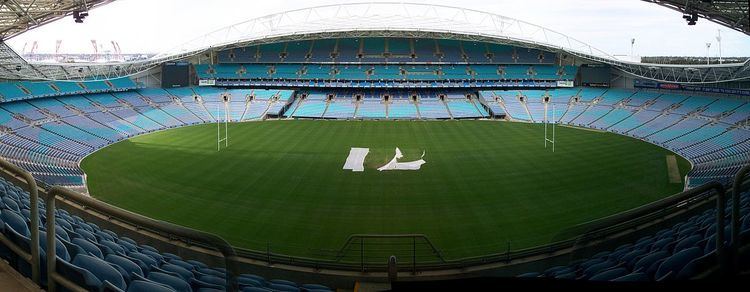 | ||
Movable seating is a feature of some facilities like stadiums, often known as convertible stadiums, or moduable stadiums. It allows for the movement of parts of the grandstand to allow for a change of the playing surface shape. This allows games that use various shaped playing surfaces such as an oval field, for cricket and/or Australian rules football; or a rectangular field, for football (soccer), rugby league, rugby union, American football, and/or Canadian football; or a diamond field, for baseball; to be played in the same stadium. This is particularly useful in Australia and the United States, where various professional sports with varying field configurations are popular spectator pastimes. The process of conversion from one form to another is time consuming – depending on the stadium it can take from 8 to 80 hours. Many stadiums were built in the United States in the 1960s and 1970s to host both baseball and American football.
